What adult hasn’t had the dream of becoming a sommelier sometime in their life? Nestled along a vineyard in a stunning panorama of rolling hills in California’s Napa region seems idealistic. Of course, as soon as the all-girls wine weekend is over, maybe your flirting with the idea, but know your real love of wine is just in drinking it. After all, why would you want to share it with others?
Americans drink a lot of wine. In fact, we drink about 950 million gallons of wine every single year. To put this into a little perspective, that is enough wine to fill 1,500 Olympic-sized swimming pools. Looking at the perspective of a single person, each American consumes about one bottle each month. We’ll let you decide if that’s a lot or not enough. Wine accounts for between 15% and 20% of total alcohol sales in the US and a significant portion of this is red wine, which in moderation has been linked with a host of health benefits thanks to its high concentration of flavanols and resveratrol.
In moderation, red wine is considered a healthy beverage option. Red wine can reduce stress as well as the risk of many chronic diseases. Probably the most well-known benefit of drinking red wine is its ability to improve cardiovascular health including reducing high blood pressure and thinning blood which aids in minimizing blood clots.
Health benefits and the fun feel of being tipsy aside, red wine has two negative side effects. The first, and dreadfully painful are the countless number of destroyed “favorite” clothing. Second, much like your favorite top, wine can also stain teeth. Ugh! The humanity is devastating!
While we may not be able to help with your ruined clothing, we may be your best option to aid in whitening your red-wine stained teeth. But, first, let’s take a look at how red wine, and yes, even your favorite Chardonnay, stains teeth.
*We are not responsible for the sad and inadvertent memories of lost garments due to spilled wine while reading this article – though we get it. Sadly…we get it*

HOW DOES WINE STAIN TEETH?
Tooth enamel was designed by nature to be our save-all when it comes to protecting your teeth. However, we humans are really good at messing up a good thing. From sugars and acids to the tannins in red wine, as we consume foods and beverages, we slowly erode our tooth’s outer protective coating.
Your enamel is the outer protective layer of your tooth. Enamel is a porous, calcified substance that is often mistaken as the color of your teeth. However, the enamel is semi-translucent which allows the color of the dentin layer of your teeth to come through.
Yellowing and staining of teeth can happen for a variety of reasons and there are many nefarious actors involved. For starters, smoking of any kind and tobacco use are big contributors to yellow teeth. For most people that is obvious. However, other contributors include acidic fruits, soda, yes even clear-colored Sprite, and of course wine. From the sugars in fruits and vegetables that promote acid and bacterial growth to the direct impact of citric acids, and tannins.
When it comes to wine, staining attacks your teeth from multiple angles.
- Tannins: You may have heard about the term resting tannins. This term comes from popping open a cork of wine and allowing the tannins to “rest” or balance the wine which is a preference for many wine drinkers, limiting the grip or bite that dry wines can have. However, it is the tannin’s ability to help chromogens (pigment-producing substances) bind to teeth which leaves unattractive stains.
- Acidity: Whether your preference is a Pinot Noir or Chardonnay, both red and white wines are highly acidic. Over time, the acidity in your beverages will erode away the outer layer of your teeth (enamel) and penetrate the underlying porous dentin. Not only will this stain your teeth yellow, but the acids can create pathways to tubules in your dentin with nerve endings that are sensitive to heat, cold, acids, and sticky substances.
- General wear of your teeth: Over time, our teeth will naturally become weakened as we bite, chew, and grind our way through food. This will inevitably create microscopic cracks and chipping. The damage to your teeth allows the acid, chromogen, and tannins in wine to penetrate your tooth’s enamel creating difficult to clean stains.
You thought you were just enjoying a quiet night out with your friends, and now we’re ruining your day. We understand, it was hard for us to absorb this too. But, the good thing is that while red and white wine are big contributors to yellowing and stained teeth, you have options. And yes, those options allow you to still drink wine.
HOW TO GET RID OF WINE STAINS
Okay, so wine stains our teeth. That’s the bad part. But, as we mentioned, there are ways to not only get rid of the stains but also prevent your teeth from becoming stained in the first place.
Red wine impacts the staining of your teeth in several ways, however, many teeth whitening and staining options don’t fully address the yellowing or they are costly dental restoration services often too expensive for most people.
Your first option, and likely most beneficial is the Snow Teeth Whitening Kit which will remove stains caused by red wine, soda, smoking, alcohol, and chewing tobacco, and other stain producers.
Snow is an LED-activated tooth whitening system formulated to target all kinds of stains. It is safe, effective, and affordable. Used with a good oral hygiene regimen Snow can enhance your smile, whiten your teeth, and prevent future stains from forming.
Snow’s unique formula is designed to provide a complete whitening solution for all ages and all types of teeth including the most sensitive. Snow’s approach to teeth whitening is a great option for people who have years of stains on their teeth or someone who’s teeth are a few shades yellower than they desire.
Snow is an affordable way to reduce whitening without having to see your dentist or pay for other dental procedures. However, it is important to know that there are other dental restoration options available. Bridges, veneers, and artificial crowns are popular choices for people who have damaged teeth such as large cavities, cracks, and chips. These restoration procedures can reduce staining by creating a new artificial tooth or grinding down the tooth’s enamel and applying a new outer surface. This may be effective for damage, but when it comes to whitening non-damaged teeth, the most popular aesthetic choice of the three – veneers – has its problems.
Cost is the most prohibitive reason people don’t use veneers. The cost of covering a set of 8 or 16 teeth can reach as high as $40,000, with varying outcomes including potential chipping, cracks, and even veneers that fall out due to poor adhesive application. Lastly, as in all, crowns, veneers, and bridges, the result can look unnatural as either too white or not blended well into the coloring of your other teeth.
HOW TO PREVENT WINE STAINS
We understand your love of wine and have an idea of what you are probably wondering: So, I whiten my teeth with Snow, but then I’ll just stain them again – You know, because I’m still going to drink my twelve-ish bottles of wine each year.
Snow is effective in treating even the most difficult stains as well as natural discoloration that occurs as a result of the aging process. The good news is that along with Snow, you have the ability to keep your teeth as white as snow (sorry, we just couldn’t help ourselves) with good oral care. This one-two punch will be your best way to keeping your teeth strong, your mouth healthy, and your smile bright and approachable.
Here are a few tips to help
BRUSH REGULARLY
While we all know how to answer our dentist when they ask how many times we brush our teeth each day – twice, of course – we are all guilty of forgetting to brush. Brushing your teeth at least twice a day, but preferably within thirty minutes of eating, is important to maintaining strong teeth and reducing plaque buildup. The food we eat, along with saliva creates a gooey substance in our mouth called plaque. Plaque is one way that bacteria grows in our mouth. When it hardens, plaque turns into tartar which also allows bacterial growth, but also due to its hardness along teeth and gums can also cause physical damage leading to cavities and gum disease.
Brushing removes the food and plaque in your mouth before the damage is done. Additionally, brushing your teeth helps to remove acids in food and beverages, (ahem, wine) that penetrate your tooth’s enamel. It also helps clean the chromogens that tannins bind to teeth before they can settle into porous surfaces.
In addition to the scrubbing effect of brushing, there are several toothbrushes designed to restore enamel, reduce tartar, and provide specific care to your teeth.
FLOSS
Flossing improves the health of your teeth in a couple of ways. For starters, flossing can remove those stubborn pieces of meat, popcorn, and fibrous veggies and fruits that get caught in our gums and between or along teeth. These foods are pathways for bacteria and allow bacteria to find tiny nooks to help them penetrate your tooth’s enamel.
Flossing also helps create space between teeth. While many people think that gaps in their teeth are unattractive, your teeth need a little space. Flossing helps to create enough space between your teeth so that they do not damage each other as they grind from one surface to the other during chewing. Over time, without flossing, your teeth will wear away and damage the outer surface, even if you brush regularly. That’s one of the reasons why people who brush 2-3 times per day can still see yellowing teeth.
USE MOUTH RINSE
Along with brushing and flossing, a good mouth rinse will help to kill bacteria and rinse out your mouth while giving your breath a bit of crisp freshness. While many people – everyone – believes that it is the alcohol in mouthwash that kills off the bacteria, the truth is that alcohol is merely a transport agent and an inactive ingredient in mouthwash. So, if you hate the burn of mouthwash, non-alcohol rinses are just as effective.
DRINK WATER
You’re a pro and already know that in order to reduce the impact of a hangover you should drink the equivalent of one glass of water per glass of wine. The reason this works is that wine dehydrates your body. By drinking water, you can hopefully offset this diuretic effect.
While drinking a glass of water after a glass of wine helps a hangover, did you know that it can also aid in preventing tooth stains? Drinking a glass of water is helpful as it washes away the negative ingredients that damage your tooth enamel. To improve on drinking a glass of water, step away from the table and swish the water around in your mouth and spit it out. You could drink it down, but for whatever reason, that feels gross.
USE A STRAW
Oh man are we going to get in trouble for this. Don’t tell Napa that we recommend drinking your wine with a straw. Similar to soda, the impact that wine has on your teeth is in direct relation to how long wine is exposed to your teeth. Drinking wine with a straw will help get the wine from your glass to your throat more quickly and with reduced contact. Of course, professional sommeliers around the world are cringing right now, but this is an effective way of reducing stains.
Lastly, just don’t drink wi…. Never mind, I was about to say the unthinkable. Of course, you can drink wine. Along with its health benefits wine is a great way to socialize and improve your mental well-being. To avoid wine-producing stains on your teeth practice good oral care and use the Snow Teeth Whitening Kit for best results.

















































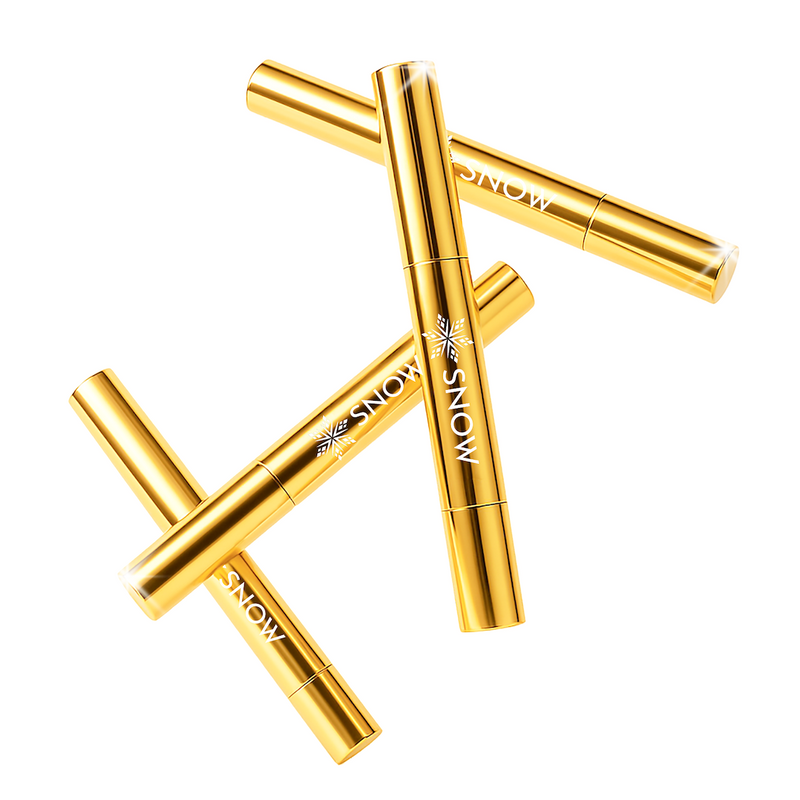

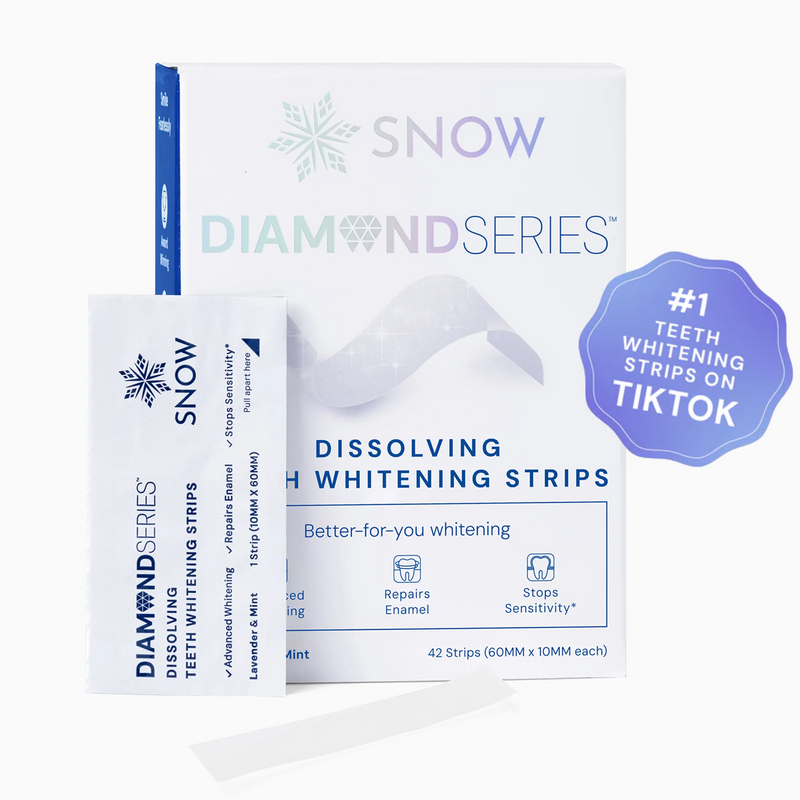
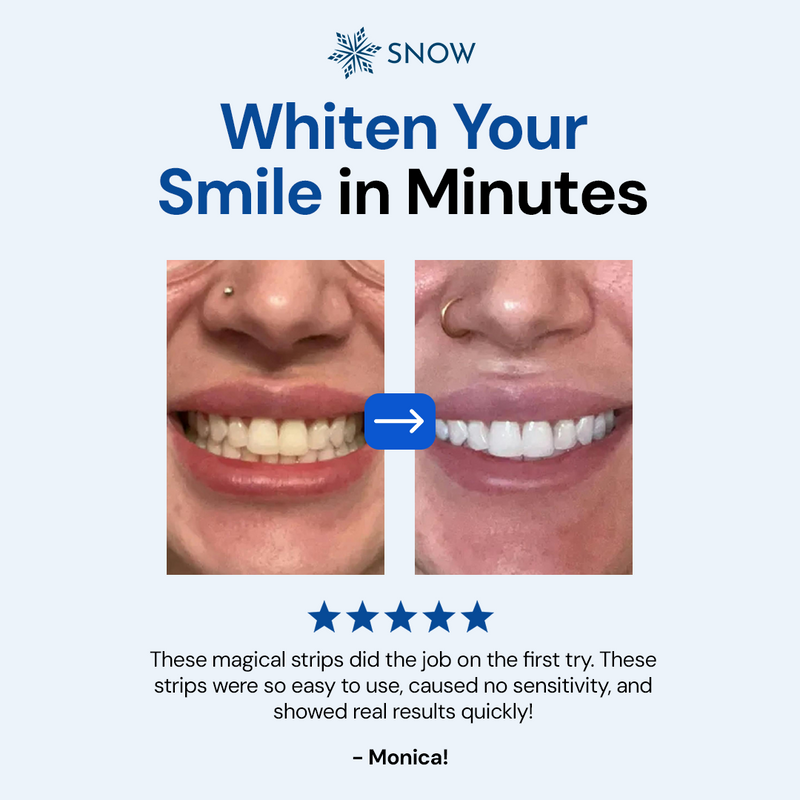
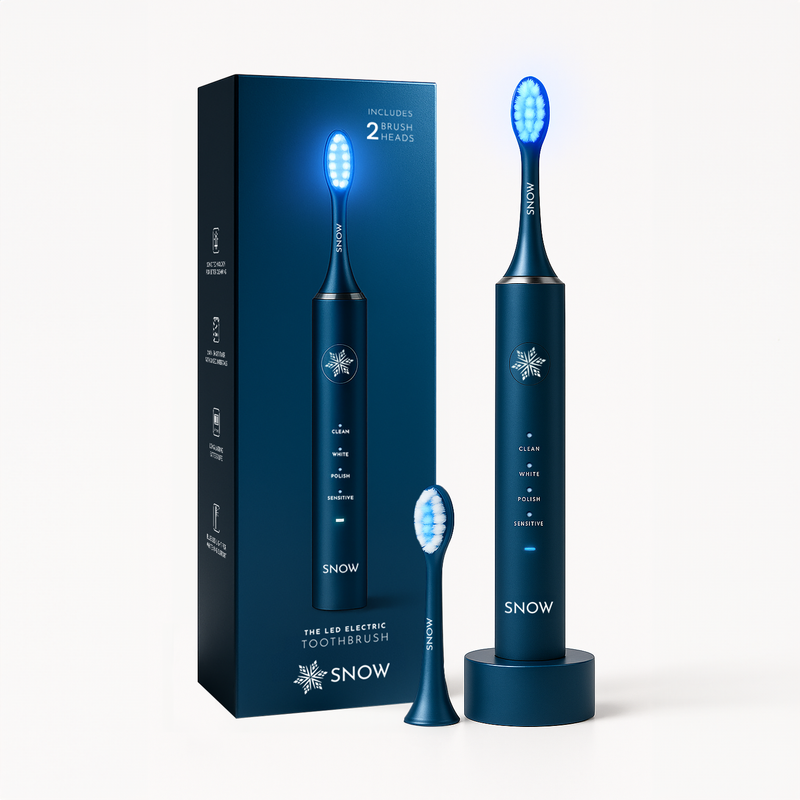

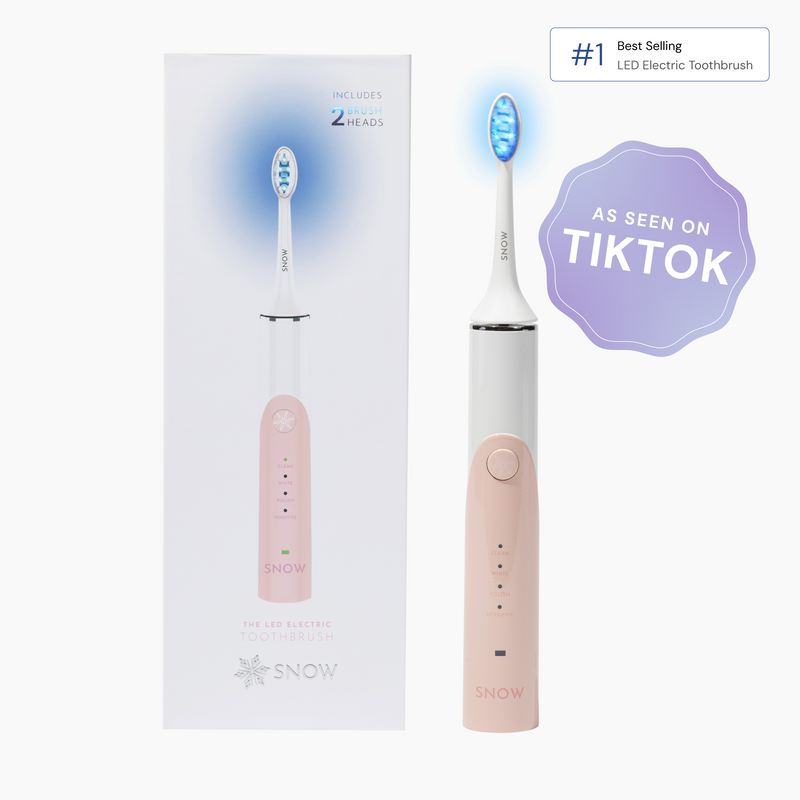




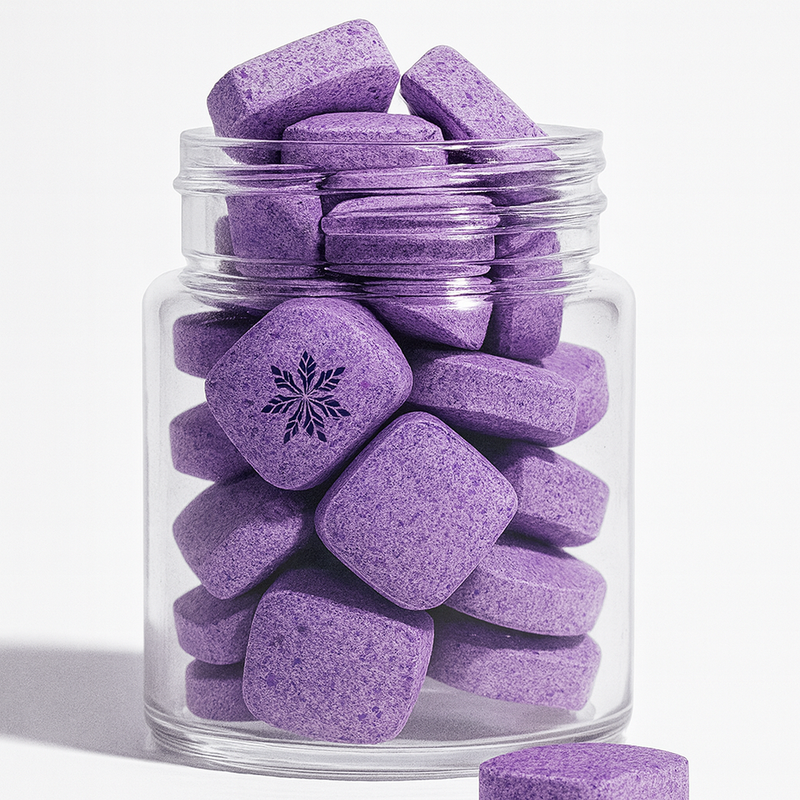
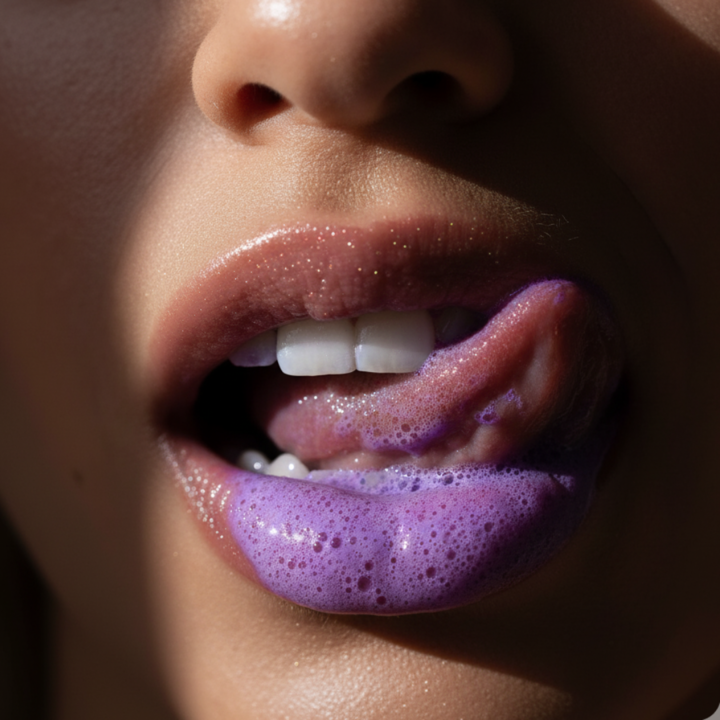



![Is It Safe to Use Whitening Toothpaste Everyday? [The Real Answer]](http://snow-teeth-whitening.myshopify.com/cdn/shop/articles/is_it_safe_to_use_whitening_toothpaste_everyday.png?v=1759931228)


